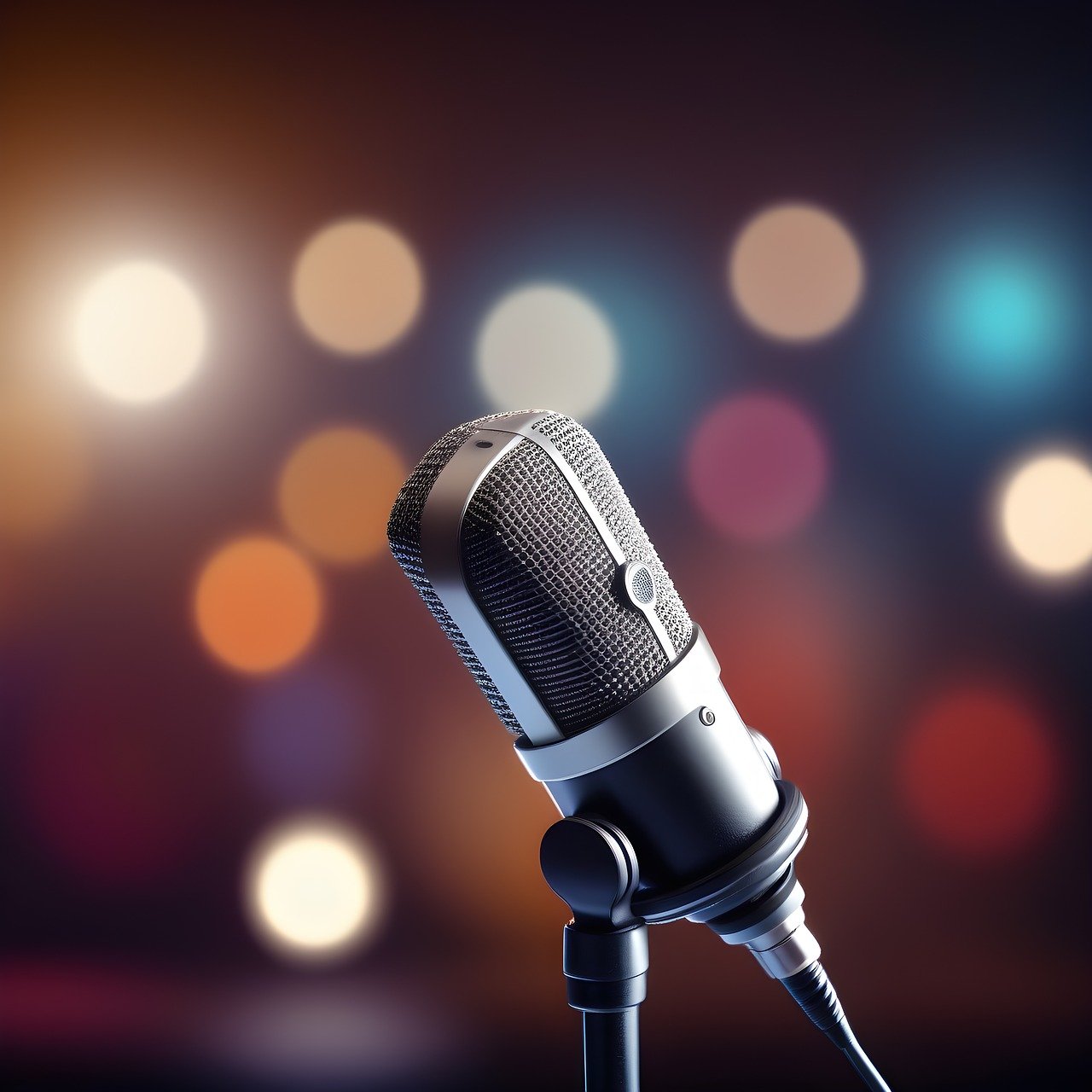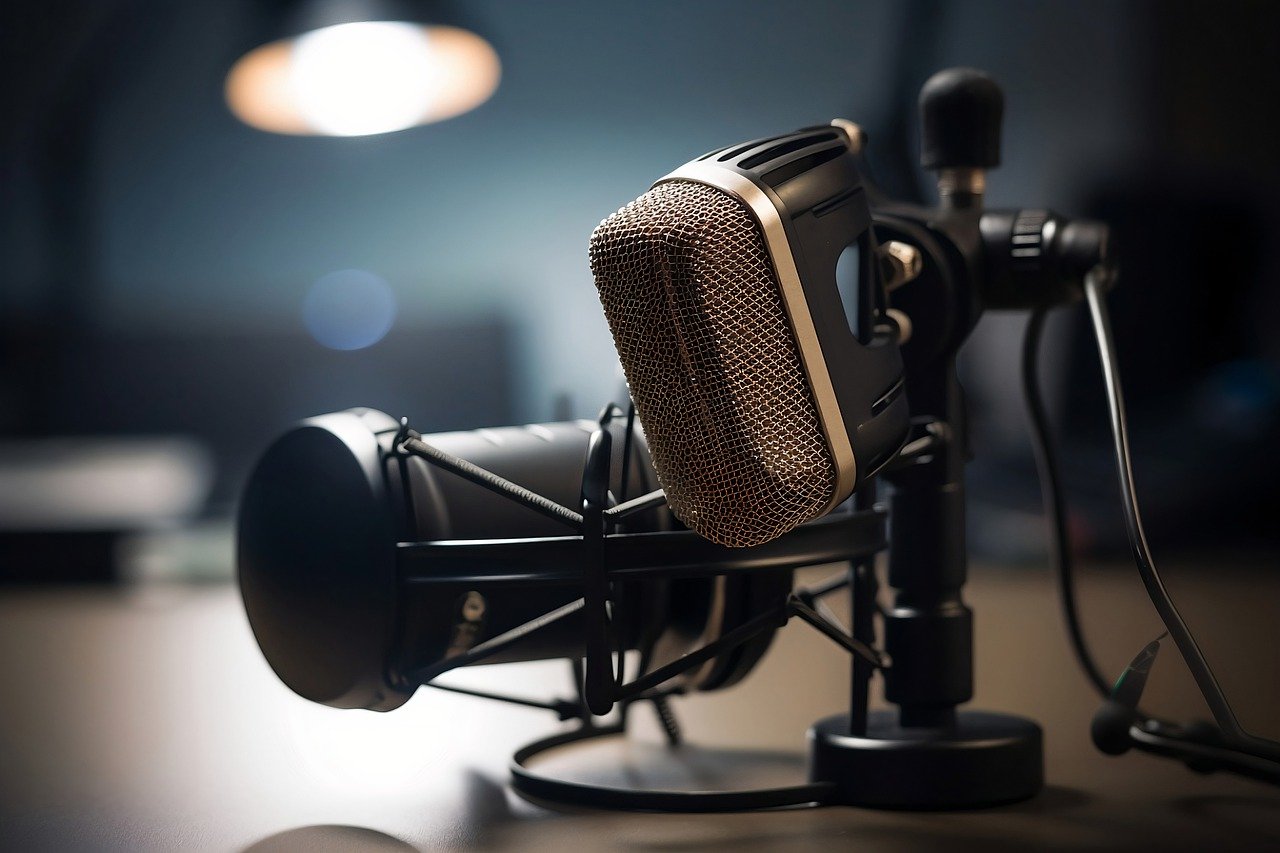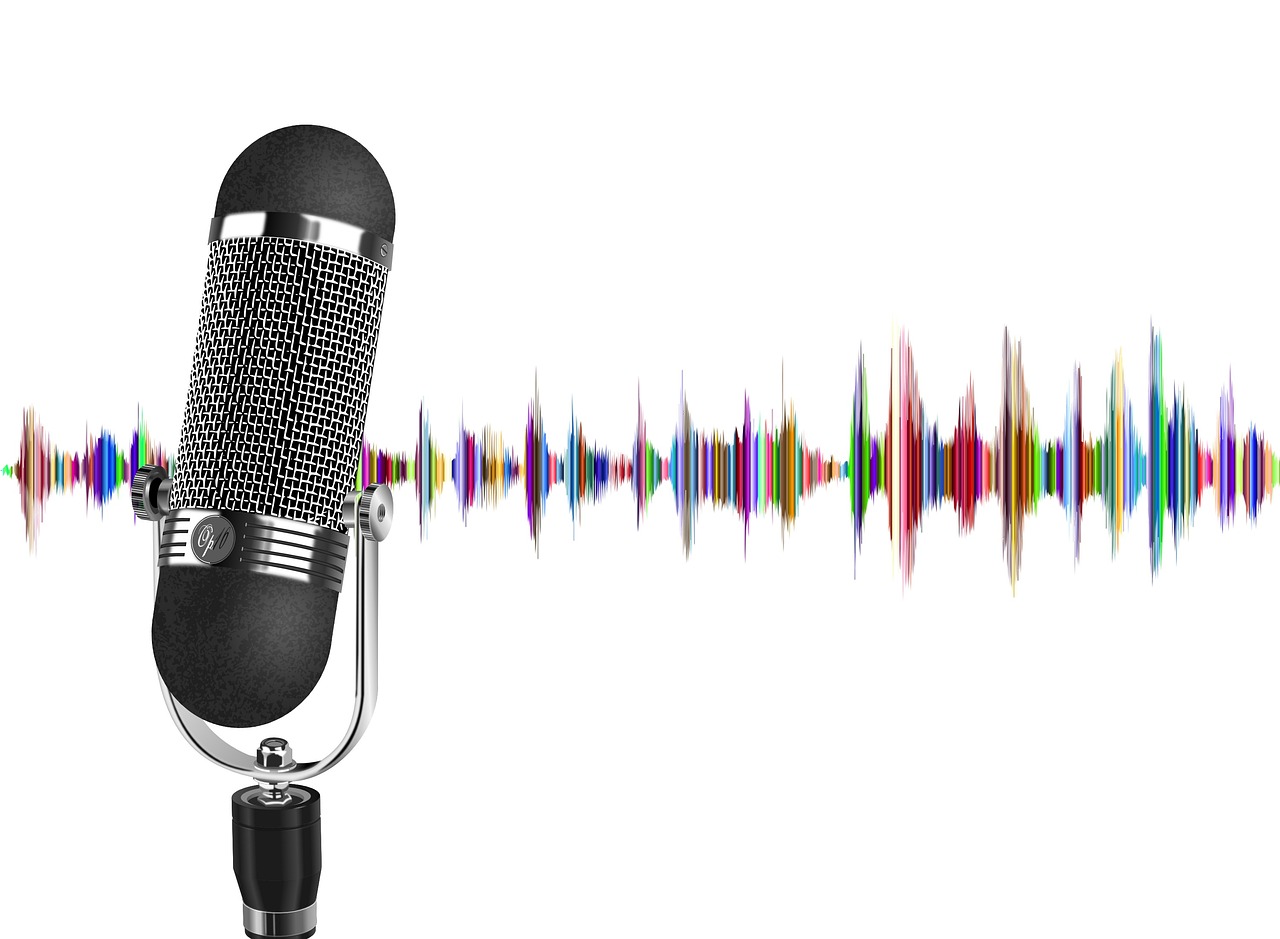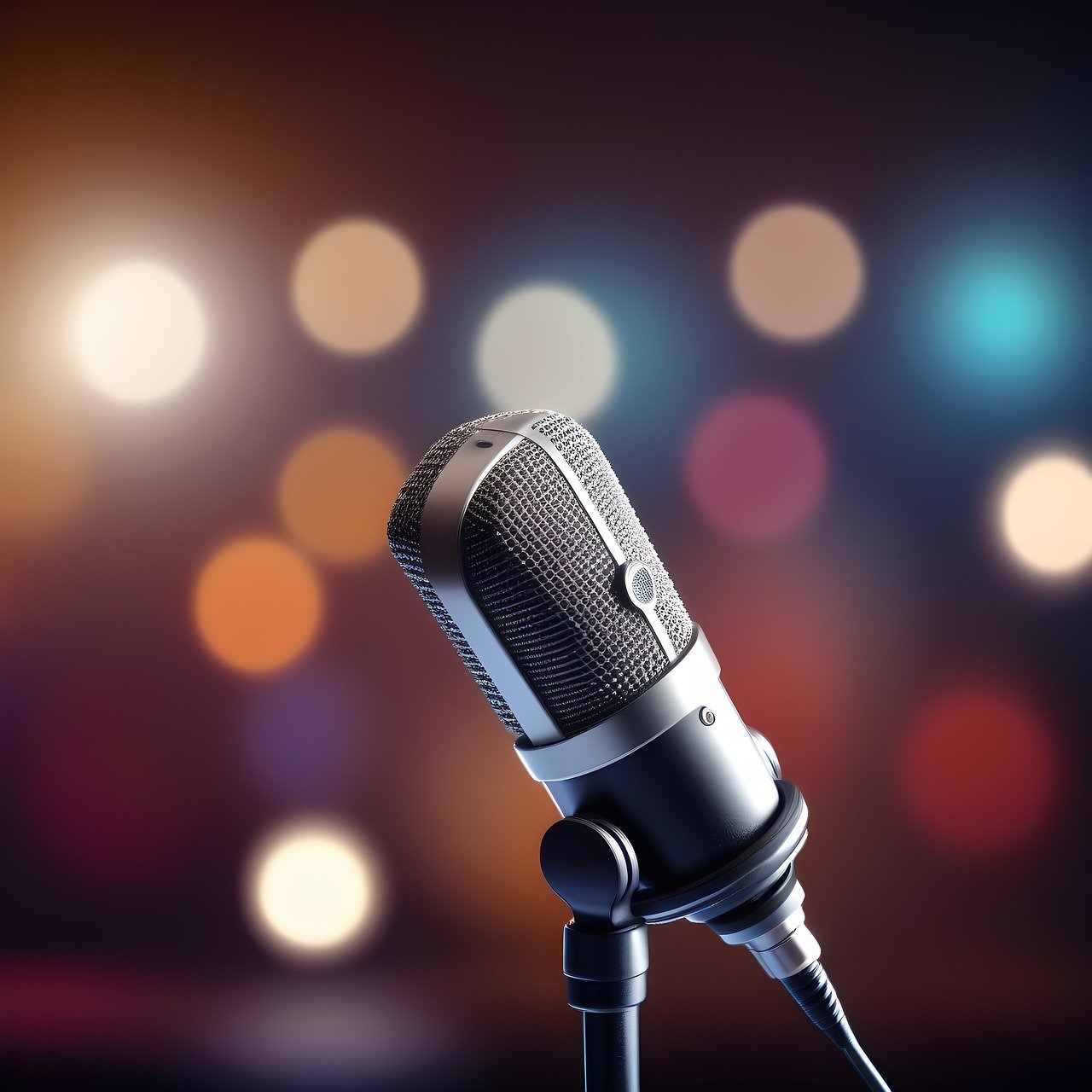In the world of podcasting, finding the right microphone can make all the difference in delivering top-notch audio quality. With so many options available, it can be overwhelming to determine which microphone will truly make you sound better. Luckily, we’re here to help. In this article, we’ll explore the different types of microphones commonly used for podcasting and provide insights into which ones can enhance your sound, ensuring that your podcast interviews and edits sound nothing short of professional. So, let’s dive in and discover the perfect microphone for you!

Understanding Microphone Basics
Explanation of Microphone Design
When it comes to understanding microphone basics, it’s important to start with the design. A microphone is essentially a device that converts sound waves into electrical signals, which can then be amplified, recorded, or transmitted. There are several types of microphones available, each with its own unique design and function.
Purpose and Applications of Different Microphones
Microphones are used in various applications, including recording studios, live performances, broadcasting, podcasting, and more. Different types of microphones are designed to excel in specific scenarios. Understanding the purpose and applications of different microphones can help you choose the right one for your needs.
Types of Microphones
Condenser Microphones
Condenser microphones, also known as capacitor microphones, are widely used in professional recording studios. They are known for their accuracy and sensitivity, making them ideal for capturing vocals and acoustic instruments with great detail. Condenser microphones require power and are generally more fragile compared to other types.
Dynamic Microphones
Dynamic microphones are robust and versatile, making them suitable for a wide range of applications. They are commonly used in live performances, recording loud sources such as drums and electric guitars, and broadcasting. Dynamic microphones can withstand high sound pressure levels and are more durable than condenser microphones.
Ribbon Microphones
Ribbon microphones are a classic choice for capturing warm and natural sounds. They use a thin strip of metal (the ribbon) suspended between magnets to generate the electrical signal. Ribbon microphones are often employed in studio recordings, particularly for vocals, brass instruments, and guitar cabinets. These microphones are delicate and require careful handling due to their sensitive ribbon element.
Lavalier Microphones
Lavalier microphones, also known as lapel microphones, are small and discreet microphones that can be clipped onto clothing. They are frequently used in interviews, presentations, and broadcast settings where hands-free operation is desired. Lavalier microphones provide excellent clarity for close-range speech, but they may not offer the same level of audio quality as larger microphones in other applications.
Polar Patterns and Their Impact on Audio Quality
Understanding Polar Patterns
Polar patterns refer to the microphone’s sensitivity to sound from different directions. The most common polar patterns are omnidirectional, cardioid, and figure-eight. An omnidirectional microphone captures sound equally from all directions, while a cardioid microphone is most sensitive to sound in front of it and rejects sound from the sides and rear. A figure-eight polar pattern picks up sound from the front and back and rejects sound from the sides.
Selection Based on Recording Environment
Choosing the right polar pattern depends on the recording environment and the desired sound. For example, an omnidirectional microphone is well-suited for capturing ambient sounds or a group of musicians. A cardioid microphone is ideal for isolating a single sound source, such as a vocalist or a specific instrument. A figure-eight pattern can be useful for recording two sound sources facing each other, like a duet or an interview.
Impact of Microphone Frequency Response
Explanation of Frequency Response
Frequency response refers to the microphone’s sensitivity to different frequencies of sound. It represents the range of frequencies a microphone can capture accurately. A flat frequency response means the microphone captures all frequencies equally, while variations in the frequency response can result in coloration of the sound.
Importance of Balanced Frequency Response
Balanced frequency response is crucial for capturing natural and accurate audio. A microphone with a flat frequency response ensures that all frequencies are reproduced faithfully. However, certain microphones are designed with intentional frequency response variations to add a unique character or tailor the sound for specific applications.

Condenser Microphones and Audio Quality
Benefits of Condenser Microphones
Condenser microphones are highly regarded for their audio quality. They have a wide frequency response range, capturing sound with exceptional detail and accuracy. The sensitivity of condenser microphones allows them to pick up subtle nuances and transient sounds. This makes them an excellent choice for studio vocals, acoustic instruments, and capturing delicate sounds.
Drawbacks and Limitations
Despite their numerous benefits, condenser microphones have some drawbacks and limitations. Firstly, they require phantom power, usually provided by an audio interface or mixer, which may not be available in all recording scenarios. Additionally, condenser microphones are more prone to pick up background noise, which may require careful acoustic treatment in the recording environment.
Ideal Usage Scenarios
Condenser microphones are particularly well-suited for controlled studio environments where sound isolation and minimal background noise are achievable. They excel in capturing vocals, acoustic instruments, and any source that requires capturing fine details and nuances accurately. If you prioritize pristine audio quality and have control over the recording environment, a condenser microphone is a great choice.
Dynamic Microphones and Their Advantages
Main Strengths of Dynamic Microphones
Dynamic microphones offer several advantages that make them popular in various applications. They are sturdy and can handle high sound pressure levels, making them ideal for capturing loud sources like drums and guitar amplifiers. Dynamic microphones are also more resistant to moisture, making them a reliable choice for outdoor performances or recording in humid environments.
Potential Drawbacks
While dynamic microphones are robust, they may not capture the same level of fine detail as condenser microphones. They typically have a narrower frequency response range, which may result in a slightly less detailed sound reproduction compared to condenser microphones. However, this characteristic can be desirable in some scenarios, such as live performances or situations with ambient noise.
Choosing the Right Setting for Dynamic Microphones
Dynamic microphones are well-suited for live performances, broadcasting, and recording louder sources. Their durability and resistance to moisture make them an excellent choice for outdoor events, such as concerts or field recordings. Due to their ability to handle high sound pressure levels, dynamic microphones are also suitable for capturing powerful and dynamic performances.

Ribbon Microphones for Professional Sound
Features of Ribbon Microphones
Ribbon microphones are known for their smooth, warm sound reproduction. They are particularly adept at capturing the natural presence and detail of vocals and instruments. Ribbon microphones offer a vintage character that is highly sought after by audio professionals. They are often cherished for their smooth high-frequency roll-off and ability to capture transients accurately.
Pros and Cons of Ribbon Microphones
One of the major advantages of ribbon microphones is their ability to capture nuanced sound with exceptional detail and warmth. They excel in studio recordings where the goal is to create a rich, vintage sound. However, ribbon microphones can be fragile and sensitive to excessive wind blasts or high sound pressure levels. Careful handling and placement are necessary to maximize their performance and lifespan.
Lavalier Microphones for Interviews
Purpose and Benefits of Lavalier Microphones
Lavalier microphones are small, discreet microphones that can be clipped onto clothing, making them an excellent choice for interviews. They provide hands-free operation, allowing the interviewee to move naturally without being hindered by a handheld microphone. Lavalier microphones capture speech with good clarity and can be easily concealed during recordings or presentations.
Challenge with Lavalier Microphones and How to Overcome
One challenge with lavalier microphones is their proximity to the sound source, which can result in unwanted rustling noises or breathing sounds. To overcome this, proper positioning is crucial. Placing the lavalier microphone approximately 6-12 inches from the mouth, using windshields or pop filters, and avoiding loose clothing can help minimize these issues and ensure clear audio for interviews.

Optimizing Audio with the Right Microphone Positioning
Understanding Microphone Positioning
Proper microphone positioning is key to obtaining high-quality audio recordings. For most microphones, positioning the mic with the diaphragm facing the sound source helps capture the clearest sound. Close-miking, where the microphone is placed relatively close to the source, can provide a more focused and intimate sound, while distancing the microphone can capture more room ambience.
Common Mistakes and How to Avoid
One common microphone positioning mistake is having the microphone too far from the sound source, resulting in a weak or distant sound. On the other hand, placing the microphone too close to the sound source may cause distortion or overload the microphone’s capsule. It’s important to find a balance and adjust the microphone placement according to the desired sound and the specific characteristics of the microphone being used.
Purchasing Considerations for a Microphone
Investment Based on Purpose of Use
When purchasing a microphone, it’s essential to consider your specific needs and the purpose of use. Determine if you require a microphone for studio recording, live performances, broadcasting, podcasting, or other applications. Different microphones excel in different scenarios, so understanding your requirements will help narrow down the options and ensure you choose the right microphone for your intended use.
Importance of Prioritizing Audio Quality
Audio quality should be a top priority when investing in a microphone. A high-quality microphone can significantly improve the overall sound of your recordings, broadcasts, or performances. Consider the microphone’s frequency response, sensitivity, and sound reproduction capabilities to ensure it aligns with your expectations for clear and accurate audio reproduction.
Relevance of Brand and User Reviews
Brands renowned for their microphone manufacturing expertise often have a wide range of models that cater to diverse needs. Research reputable brands known for their reliability, durability, and sound quality. Additionally, reading user reviews and seeking recommendations from professionals in the audio industry can provide valuable insights into the performance and suitability of different microphones for specific applications.
Understanding the basics of microphone design, the various types of microphones, and their unique characteristics and applications is essential for selecting the right microphone for your needs. Consider elements such as polar patterns, frequency response, and microphone positioning to optimize audio quality. By prioritizing audio quality, assessing your specific requirements, and considering reputable brands and user reviews, you can make an informed decision when purchasing a microphone that will elevate your sound and enhance your recordings, broadcasts, or performances.

